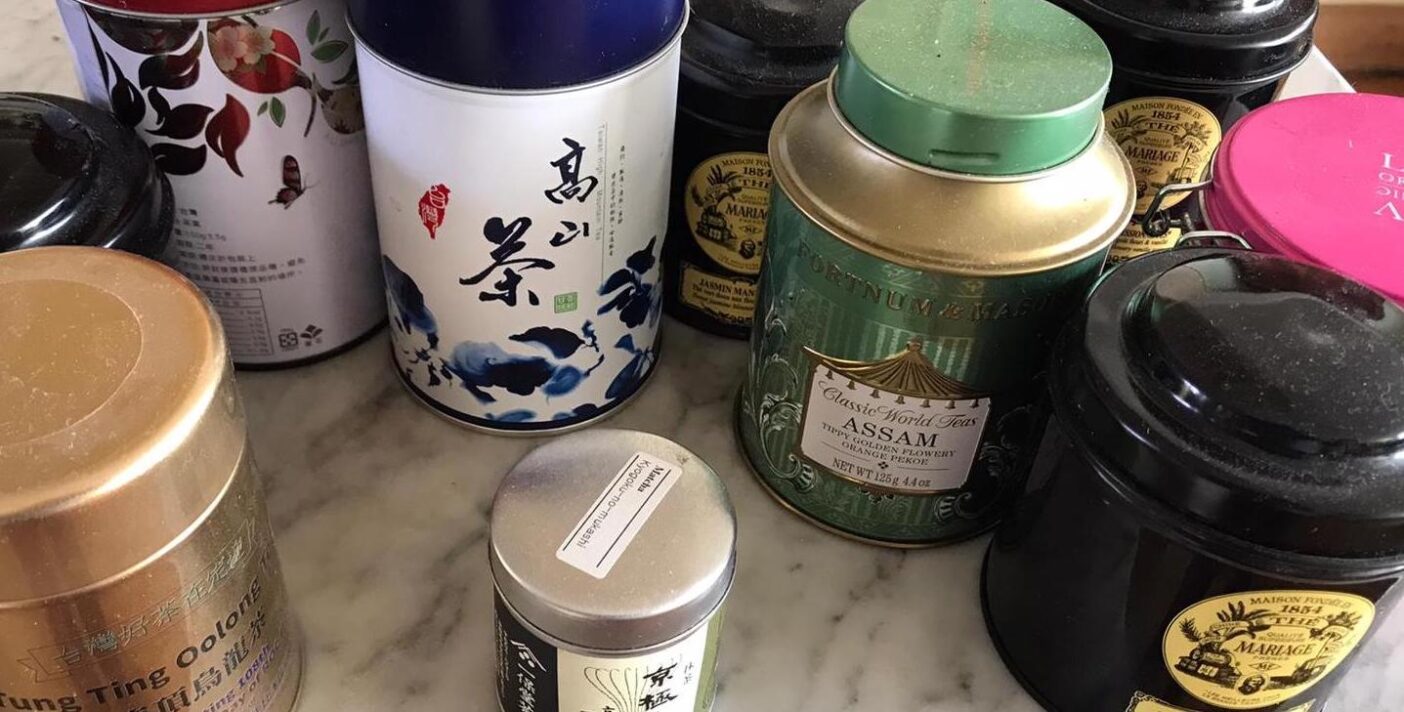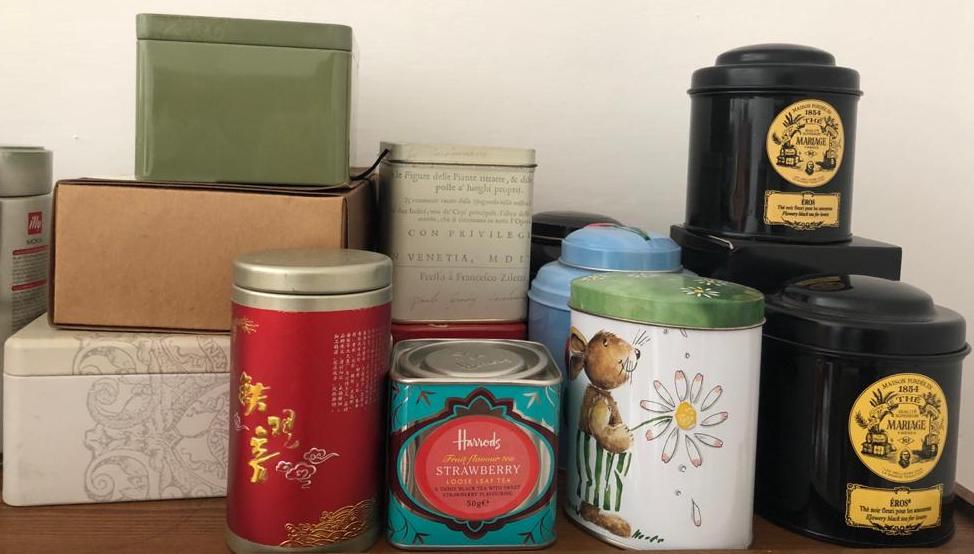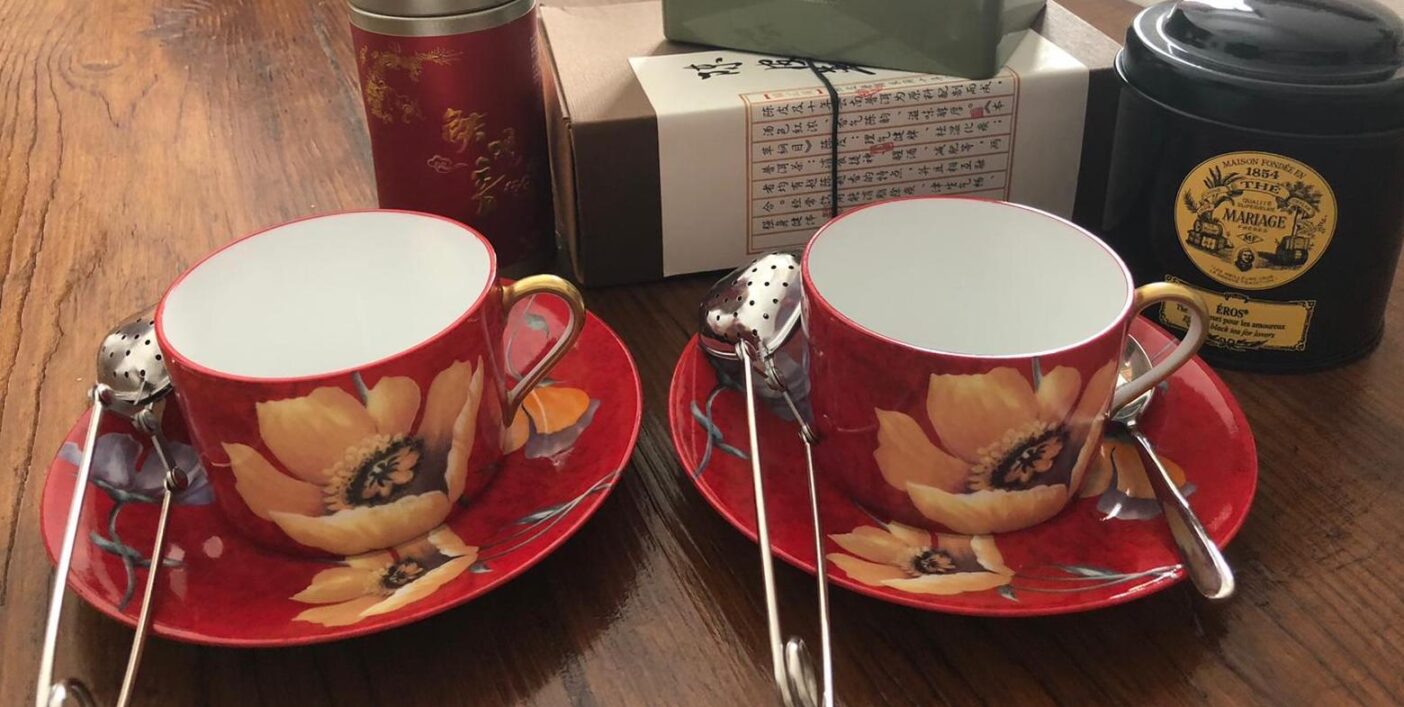La via del tè giapponese: libri e siti per viaggiare in Oriente da casa
Aldo Tollini, Giulia Nakamura e Guido Ceronetti ci portano in viaggio lungo la via del tè. O forse è il tè a farsi largo dentro di noi quando lo sorseggiamo?

Aldo Tollini, Giulia Nakamura e Guido Ceronetti ci portano in viaggio lungo la via del tè. O forse è il tè a farsi largo dentro di noi quando lo sorseggiamo?

(English translation below)
Il viaggio si compie a piccoli passi e piegandosi per attraversare una porta bassa ed entrare nella stanza. Qui si trova uno spazio rettangolare, un padiglione disadorno, la dimora del vuoto, ovvero una destinazione lontana; anche se a pochi metri dal punto di partenza ci troviamo in un altro Paese – anzi, in un’altra dimensione, nella quale il tempo e la cadenza dei gesti, le parole e il respiro sono ispirati da altre leggi, alle quali ci si sottomette con disciplina e piacere immenso.
È per questo che si parte per la cerimonia del tè. Nella ampia letteratura dedicata da secoli a questa via, è uno studioso italiano, Aldo Tollini, l’autore del migliore libro, La cultura del tè in Giappone e la ricerca della perfezione, per aiutarci a capire, per prepararci al viaggio.
In certe sere invernali, la via del tè ci conduce in un “mondo a parte, ideale e incontaminato dove l’uomo incontra se stesso intimamente”, un mondo creato dalla magia di una codificazione di dialoghi, oggetti, posture fisiche. “Come la poesia, resa emotivamente ed esteticamente più intensa attraverso tecniche retoriche”, così è per il tè, e il professor Aldo Tollini avverte anche della stretta parentela tra la cerimonia del tè e le arti teatrali, resa anche più incantata dalla sovrapposizione del ruolo di attori e di spettatori.
Non diversamente, prendere il tè è una forma del viaggio, che possiamo mettere in scena da soli o in compagnia, a casa o altrove.
È ampio l’atlante del tè: India e Cina, e Sri Lanka, Bangladesh, Taiwan, e Kenya, Ruanda, Malawi, Etiopia, Tanzania, e Georgia, e perfino Italia – tanta dove la fiorentina Via del Tè ha avviato una produzione al Lago Maggiore.

Ma è il Giappone la terra che più di ogni altra si è affidata alla miracolosa acqua calda colorata e insaporita da piccole foglie essiccate, per creare un’arte del pensiero, dello scandire del tempo, del ritrovarsi con se stessi, della selezione delle parole giuste – col tè, “la conversazione è molto limitata, essendo le parole un’intrusione nella tranquillità”, avverte Julia Nakamura nel suo Cerimonia del tè – una interpretazione per occidentali.
I pensieri del Tè di Ceronetti sono solo una delle inesauribili piste che queste carovane intime e sedentarie hanno lanciato. Si pensa bene, col tè, si parla meglio, si legge con maggiore attenzione. Ma il viaggio inizia già con la policromia dei barattoli (quando mai col caffè si vedono confezioni così?), l’ascolto dell’acqua che bolle – evocazione di un fruscio di alberi, del vento? – e prosegue con la disposizione della tazza, magari scalfita perché il tè insegna la perfezione attraverso l’imperfezione superiore della tazza rotta, la pinzetta di bambù che ci fa sentire in Asia, il vassoio che è già una scacchiera dentro la quale si incrociano i destini, l’osservazione della patina scura trattenuta nella teiera quale segno del tempo, dell’età.
E questo pellegrinaggio prosegue con il materiale e il colore della teiera, porcellana o metallo, e lo stile di ciascuno (per me: divieto assoluto di tè in bustine, ma solo e sempre in foglie), le varietà preferite (verde, nero, bianco), le spezie da aggiungere (stelle di anice, bastoncini di cannella, polvere di zenzero), il connubio (nefasto?) con zucchero, limone, latte, burro salato come i tibetani, oppure la biscotteria e affini da inzuppare nella sacra bevanda – la bevanda calda per paesi freddi o fredda per paesi caldi.
In assenza di una casetta del tè, ci accontentiamo di un tavolino, di una credenza, di un angolino sotto un certo lume, per creare l’extra-territorialità del nostro domestico tè.
Sarà un viaggio che si può intraprendere a ogni ora, per meditazione o mondanità, o anche per gioco – come le degustazioni multi-sacchetti per individuare il tipo di foglia dettagliatamente descritto da Aldo Tollini – vestiti di tutto punto o seminudi, improvvisando o con inviti annunciati da tempo.
In questa ben codificata libertà, al momento del portare la tazza alle labbra, comincia un altro viaggio: non il nostro bere il tè, ma – noi soggetto passivo e il tè quello attivo – il farsi largo del tè nel nostro corpo.
Come quando siamo esposti a mondi nuovi, i nostri sensi ne saranno ravvivati, e per finire ci congediamo con le parole finali della via del tè, della cerimonia: “Vi prego di impegnarvi”.

The journey is accomplished in small steps and by bending down to pass through a low door and enter the room. Here is a rectangular space, an unadorned pavilion, the “home of the void”, i.e. a distant destination; even if a few meters from the starting point, we find ourselves in another country – indeed, in another dimension, in which the tempo and cadence of gestures, words and breath are inspired by other laws, to which one submits with discipline and immense pleasure. This is why we leave for the “tea ceremony”. In the extensive literature dedicated to this “path” for centuries, it is an Italian scholar, Aldo Tollini, who is the author of the best book, The culture of tea in Japan and the pursuit of perfection, to help us understand, to prepare for the journey.
On these winter evenings, the via del tè leads us into a “world apart, ideal and uncontaminated, where one can himself intimately”, created with the magic of a coding of dialogues, objects, physical postures. “Like poetry, made emotionally and aesthetically more intense through rhetorical techniques”, so it is for tea, and Professor Aldo Tollini also warns of the close relationship between the tea ceremony and the theatrical arts, made even more enchanted by the overlapping role of actors and spectators. Similarly, having a tea is a form of travelling, which we can undertake alone or in company, at home or elsewhere.
The atlas of tea is vast: India and China, and Sri Lanka, Bangladesh, Taiwan, and Kenya, Rwanda, Malawi, Ethiopia, Tanzania, Georgia and so on, and even Italy – the Florentine company Via del Tè has started production at Lake Maggiore.
Yet, Japan is the land that more than any other has relied on the miraculous “hot water” colored and flavored with small dried leaves, to create an art of thought, of marking time, of a selctive talk. With tea, conversation is limited, since words can be an intrusion in our tranquillity”, states Julia Nakamura in her The Tea Ceremony – an interpretation for Westerners.
The Thoughts of Tea by Guido Ceronetti are just one of the inexhaustible trails that these intimate and sedentary caravans have launched.
Thank to tea, we think well, speak better, read more attentively. The journey already begins with the colorful boxes (nothing like exist for coffee boxes), by listening to the boiling water – evocation of a rustle of trees, of the wind? – and continues with the arrangement of the cup, perhaps scratched because tea teaches perfection through the superior imperfection of the “broken cup”, the bamboo tweezers that make us feel we are in Asia, the tray that is already a chessboard inside which destinies cross, the observation of the dark patina retained in the teapot as a sign of time, of age. The pilgrimage continues with the material and color of the teapot, porcelain or metal, and the style of each one (I am for an absolute ban on tea-bags, allowing only leaves), the preferred variety (green, black, white), the spices (anise stars, cinnamon sticks, ginger powder), the (nefarious?) addition of sugar, lemon, milk, salted butter like the Tibetans, the biscuits to soak in the sacred drink – a hot drink for cold countries or cold for hot countries.
In the absence of a tea house, of a “pavillon of the void”, we’ll make it with a small table, a sideboard, a corner under a certain lamp, so to create the extra-territoriality of our domestic tea. It will be a journey that can be undertaken at any time, for meditation or worldliness, or even for fun – such as the “multi-bag” tastings to identify the type of leaf, described in detail by Tollini – fully dressed or half-naked, with an improvised guest or with long-announced invitations. In this well-codified freedom, at the moment of bringing the cup to the lips, another journey begins: not our drinking of tea, but – being us the passive subject and the tea the active one – the tea making its way into our body. As when we are exposed to new worlds, our senses will be revived, and finally we say goodbye with the final words of the Ceremony: “Please, commit yourselves”.
